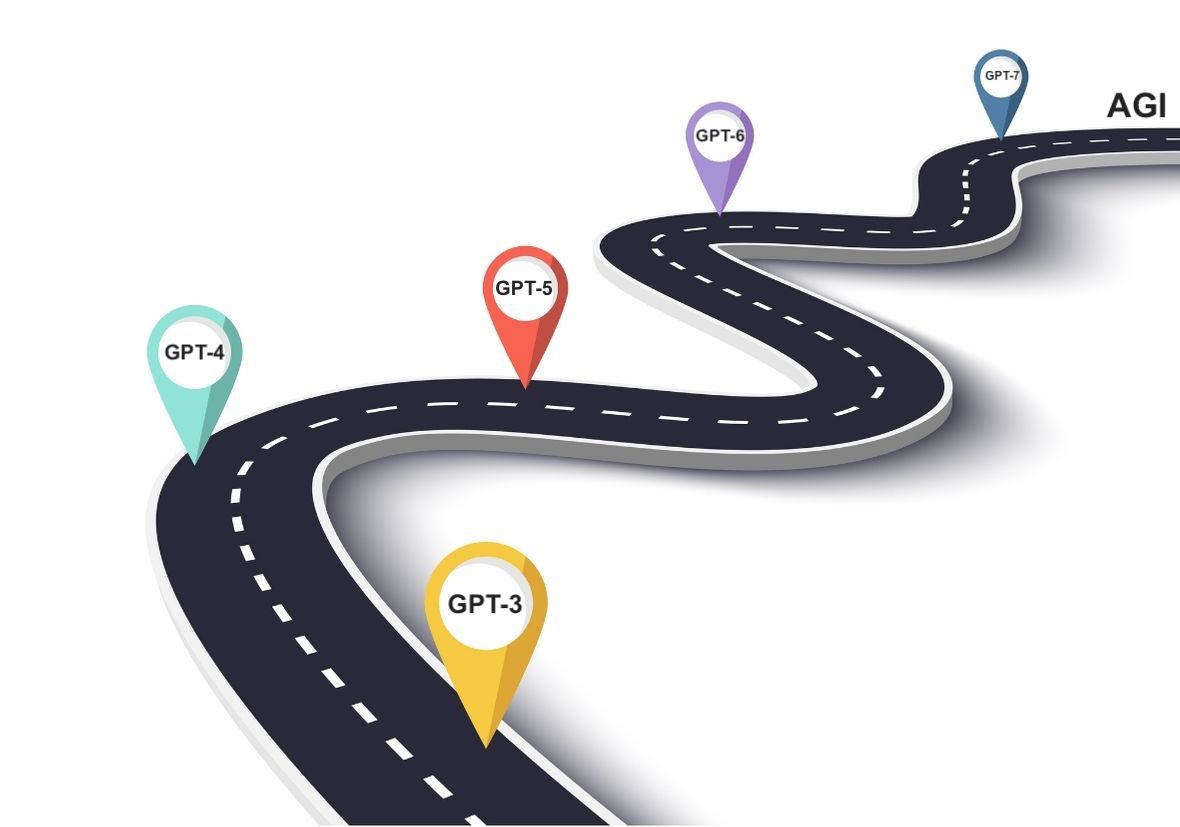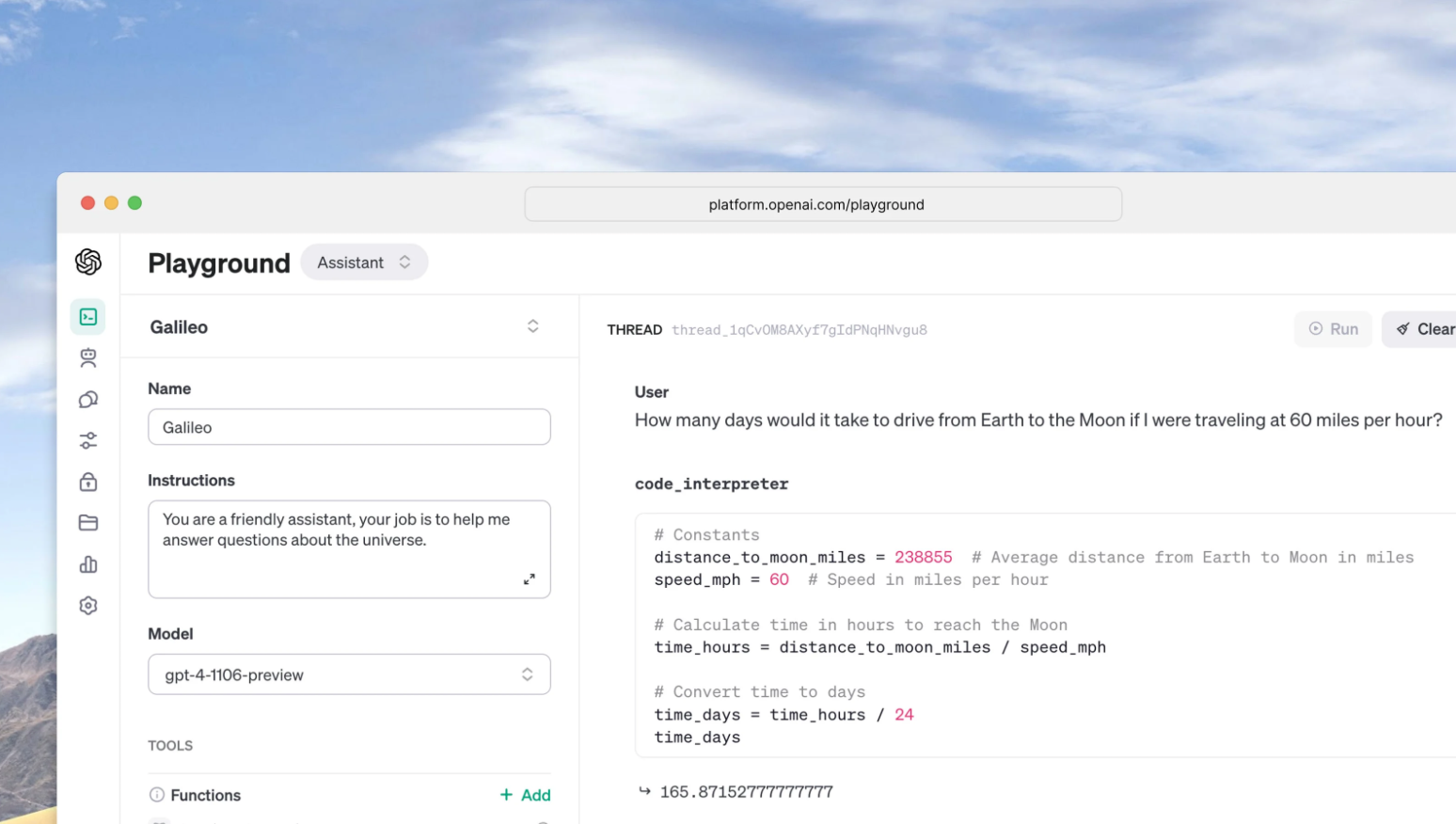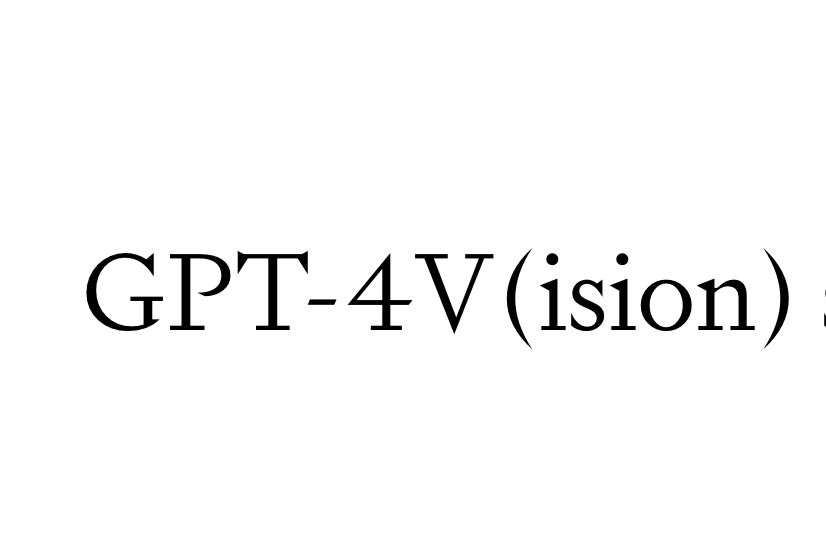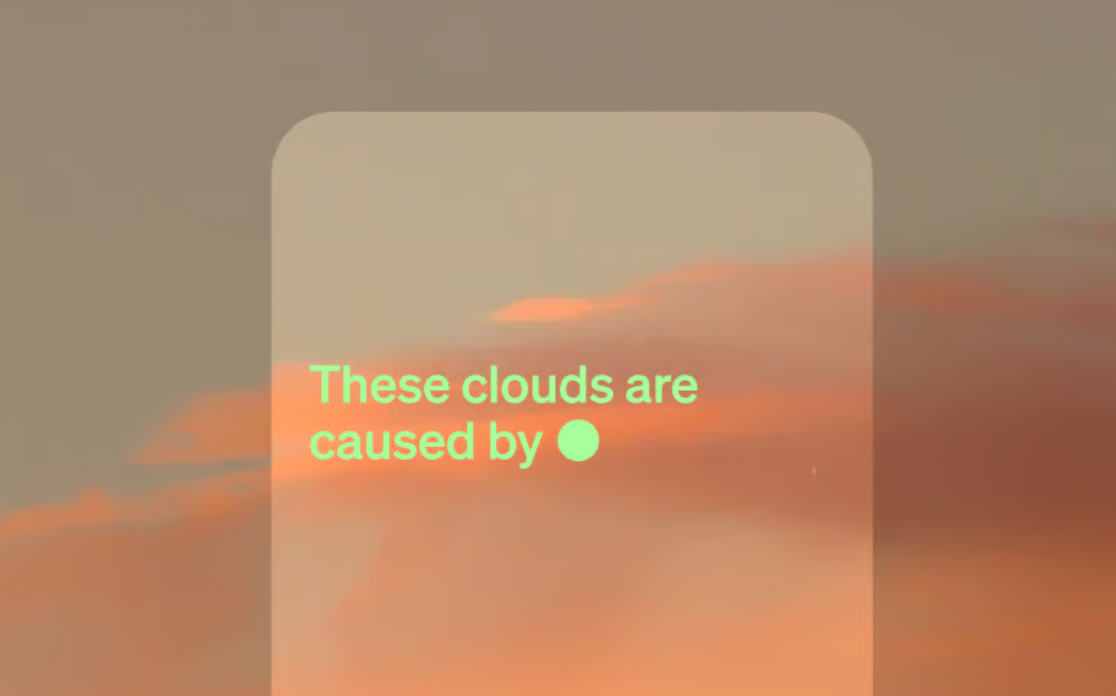Tag: GPT-4
-

CriticGPT
OpenAI has developed CriticGPT, a model trained to identify bugs in GPT-4’s code. They are beginning to integrate such models into the RLHF alignment pipeline to assist humans in supervising AI on complex tasks. CriticGPT, based on GPT-4, writes critiques of ChatGPT responses to help human trainers detect mistakes during RLHF. What is CriticGPT? CriticGPT,…
-

ChatGPT Evolution
ChatGPT has truly become a phenomenon in the world of artificial intelligence, reshaping our understanding of what machines are capable of. Initially introduced as a large language model by OpenAI, ChatGPT garnered attention for its ability to engage in human-like conversations. The system’s evolution from its first model in 2018 to the more sophisticated versions…
-

OpenAI DevDay Announcements
OpenAI’s team recently announced a series of significant updates and enhancements to their platform, alongside more competitive pricing structures. Highlights from the announcement include: GPT-4 Turbo Model The GPT-4 Turbo, an advancement from the initial GPT-4 released in March and made widely available in July, is now in preview. This iteration is not only more…
-

GPT-4 Turbo with 128K Context
With 128k context, fresher knowledge and the broadest set of capabilities, GPT-4 Turbo is more powerful than GPT-4 and offered at a lower price. GPT-4 Turbo Pricing Model Input Output gpt-4-1106-preview $0.01 / 1K tokens $0.03/ 1K tokens gpt-4-1106-vision-preview $0.01 / 1K tokens $0.03 / 1K tokens The model is not in production yet. You…
-

GPT-4V System Card
OpenAI, September 25, 2023 GPT-4 with vision (GPT-4V) enables users to instruct GPT-4 to analyze image inputs provided by the user, and is the latest capability we are making broadly available. Incorporating additional modalities (such as image inputs) into large language models (LLMs) is viewed by some as a key frontier in artificial intelligence research…
-

Capabilities of GPT-4V Revealed
Capabilities of GPT-4V revealed! Here are some details on the visual recognition capabilities of GPT-4V based on what is mentioned in the system card. GPT-4 Vision GPT-4 with Vision (GPT-4V) allows users to direct GPT-4 in analyzing images they provide, marking our newest broad-access feature. Many consider integrating different modalities, like image inputs, into large…
-

New ChatGPT Capabilities: see, hear, and speak
OpenAI has introduced new voice and image functionalities to ChatGPT. These updates provide users with a more interactive platform by enabling voice interactions and allowing users to share visuals with ChatGPT. The incorporation of voice and image expands the usability of ChatGPT. For instance, while traveling, users can click a photo of a landmark and…
-

Using GPT-4 for Content Generation
OpenAI’s GPT-4 is utilized for content policy development and content moderation decisions, allowing for more uniform labeling, a quicker feedback mechanism for policy improvement, and decreased reliance on human moderators. Content moderation is pivotal in ensuring the vitality of online platforms. Incorporating GPT-4 in a content moderation system facilitates rapid alterations in policies, shortening the…
-

GPT-4 Model
GPT-4 Model is a sophisticated multimodal model. Currently it accept textual inputs and producing text outputs, with the potential for image input integration in the future version GPT-5. This model outperforms its predecessors due to its enhanced general knowledge and superior reasoning abilities. GPT-4, akin to gpt-3.5-turbo, is fine-tuned for chat applications but is equally…
-

History of GPT Models
GPT models, developed by AI research company OpenAI, have rapidly advanced conversational AI and natural language processing capabilities in recent years. But where did they come from and how did they progress to the current ChatGPT sensation? Let’s look back at the origins and history of the GPT family. It All Started with GPT-1 in…